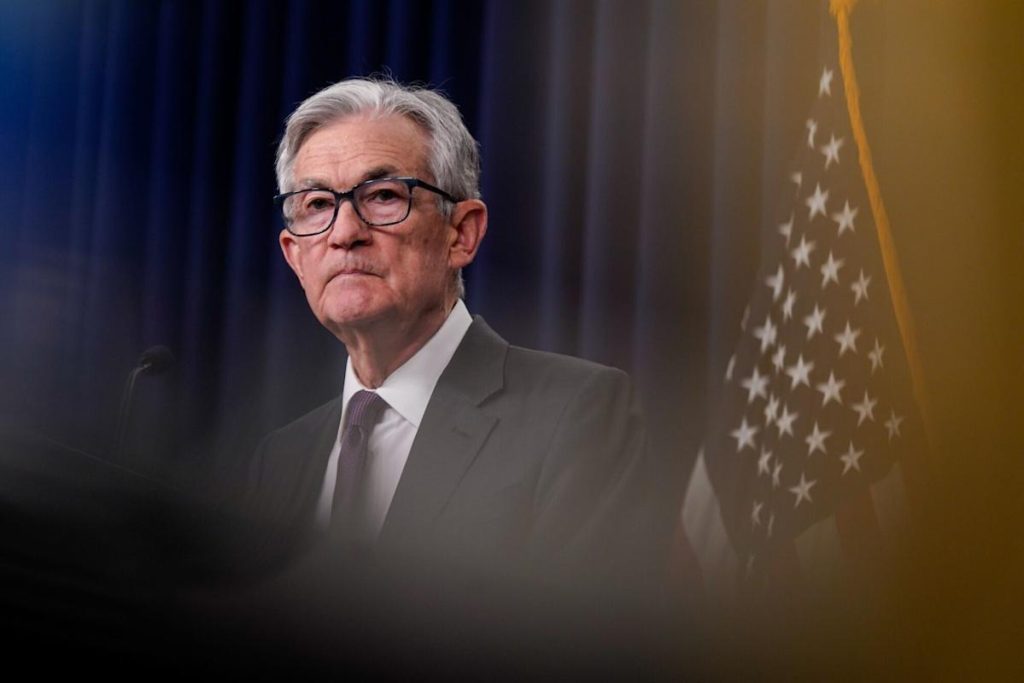
(Bloomberg) —
Most Read from Bloomberg
Things are getting awkward for the Federal Reserve.
With their eye on inflation, officials are inclined to hold rates steady when they meet in Washington on Tuesday and Wednesday. But fears of a slowdown are mounting, and President Donald Trump and some of his deputies keep hammering the central bank for an interest-rate cut.
Caught in that bind, Fed Chair Jerome Powell may have been comforted by government data on Friday showing a healthy 177,000 jump in April payrolls. As long as the labor market holds firm, the Fed can more easily justify standing pat.
Meanwhile, the Fed’s favored inflation gauge showed price pressures continued to slowly ease. While Powell & Co. would typically welcome such a cooling, higher US duties on imports risk upending the progress they’ve made on inflation.
In an interview on NBC’s Meet the Press with Kristen Welker that aired Sunday, Trump insisted he doesn’t plan to fire Powell despite his sustained criticism over the pace of rate cuts.
Indeed, uncertainty is the dominant factor now for major central banks around the world. The White House is pursuing deals on the tariff front that could once again shift the landscape, a nightmare for anyone trying to forecast future economic conditions.
What Bloomberg Economics Says:
“We expect Powell to push back against market pricing and signal a renewed priority on price stability. Officials like Richmond Fed President Thomas Barkin and Fed Governor Adriana Kugler have voiced concerns that inflation expectations may be loosening. Add to that the solid April payroll print and there’s little pressure for a near-term cut.”
—Anna Wong, Stuart Paul, Eliza Winger, Estelle Ou and Chris G. Collins. For full analysis, click here
The European Central Bank has continued to cut rates in anticipation of continued disinflation and weaker growth caused by US tariffs. But euro-area inflation unexpectedly held steady in a report released on Friday, while an underlying measure jumped.
Another illustration of the fog of the trade war: The Bank of Canada in April abandoned its usual practice of releasing a base-case forecast. Instead, it issued two potential — and very different — scenarios that hinge on how Canada’s tariff dispute with the US turns out.